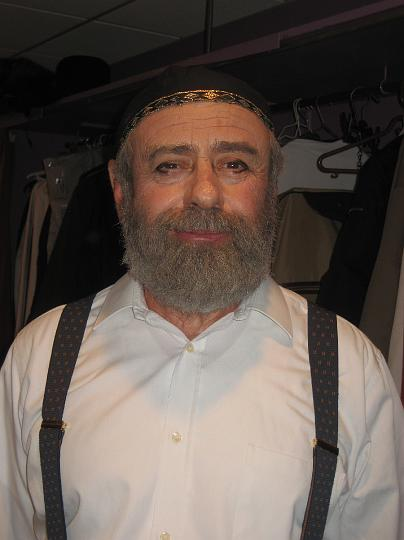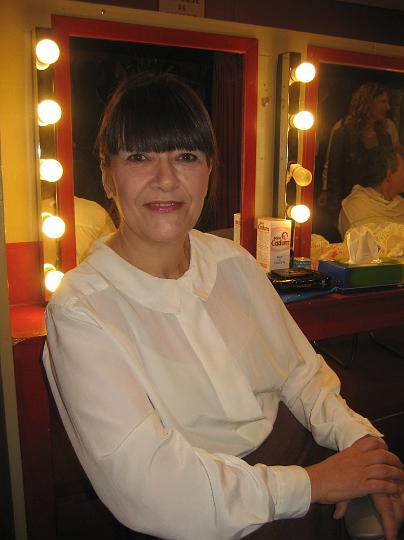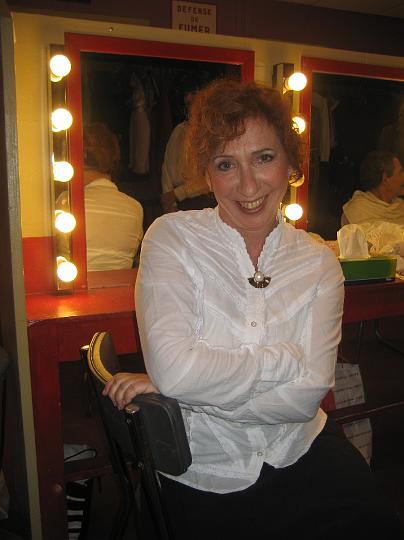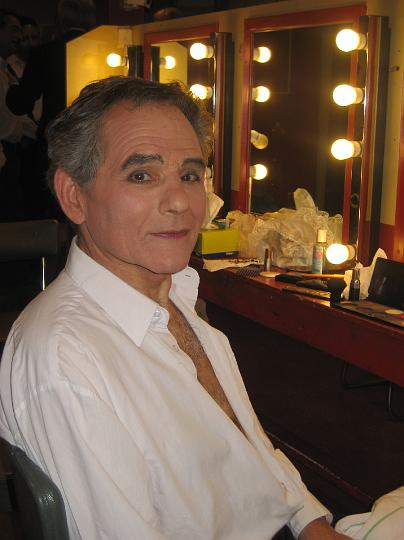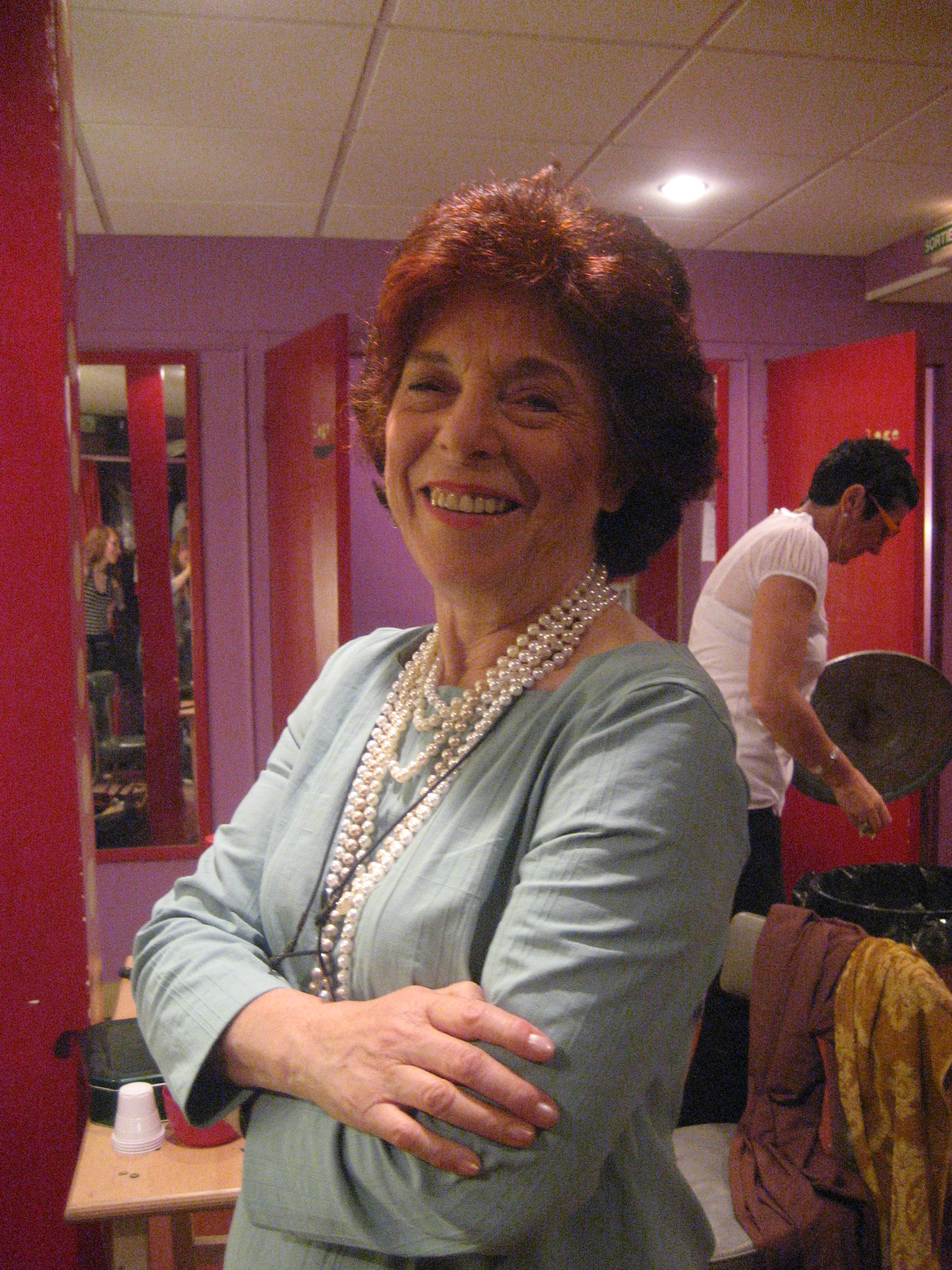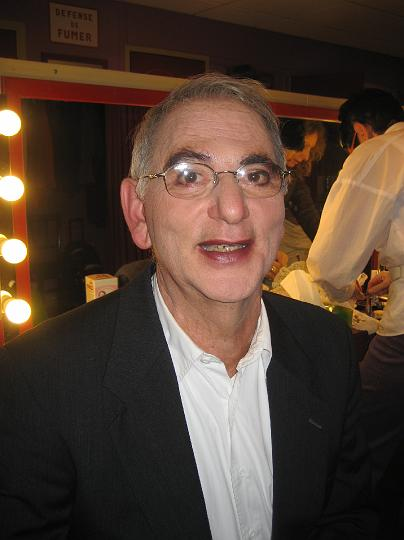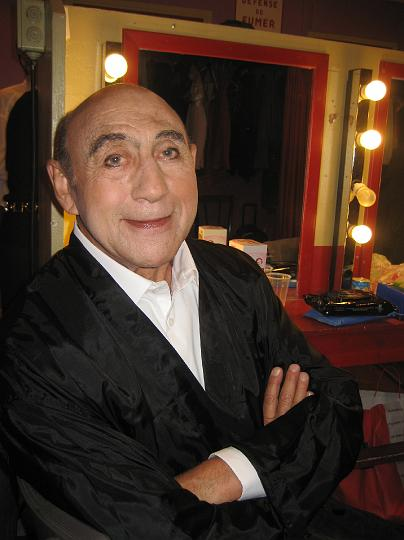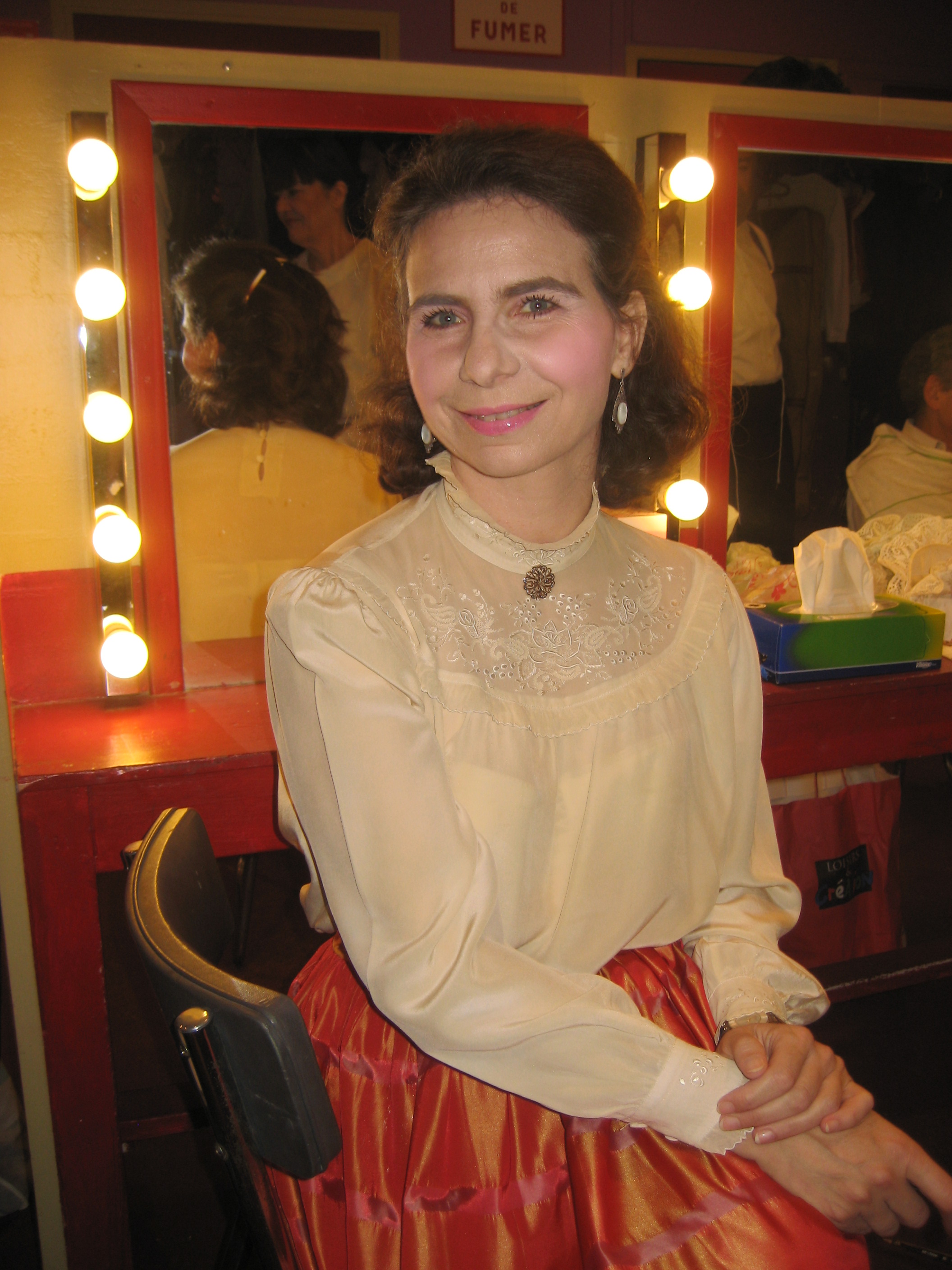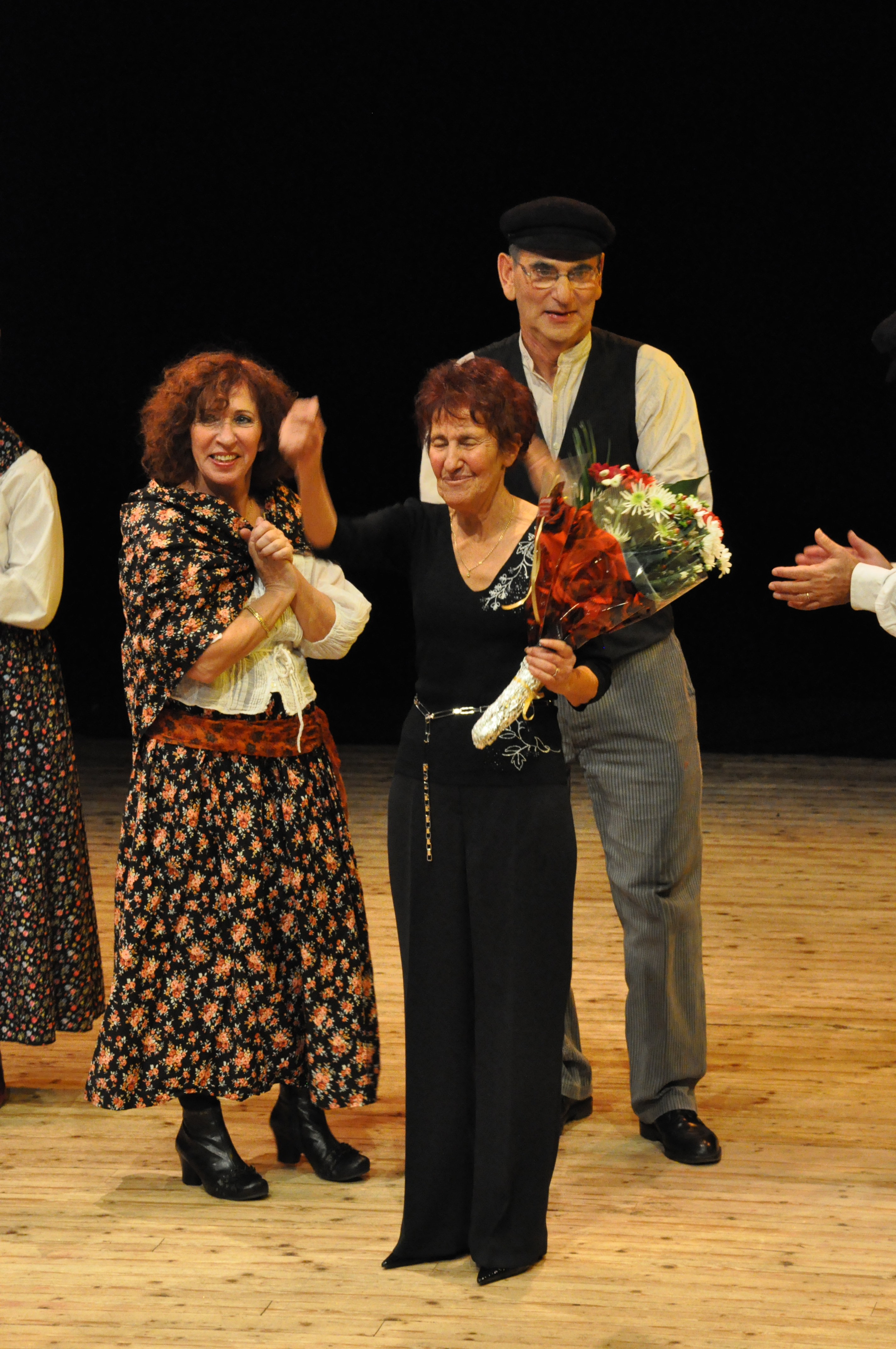
THE TROUPE
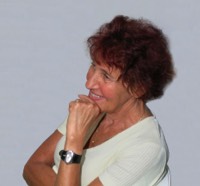
Artistic director and founder of the Troïm-Teater, Charlotte holds an MA degree in theatre studies from the Paris 3 University (1987). She started her directing “adventure” right after obtaining her degree: in order to celebrate the two hundred’s anniversary of the French Revolution, the municipality of her home town decided to produce a theatre play and entrusted Charlotte with the task of directing it.
The result was a dozen of successful performances in her home town and in neighboring communities. The public and professionals received this first work enthusiastically. The play even received a very flattering review on the BBC.
Following this experience she created a local theatre company “La Porte Entr’ouverte”, where she directed several plays. At the same time she led theatre workshops for adults, teenagers and children in different surrounding communities. She also wrote radio-plays broadcasted on France Culture. During her stay in the United States she directed Shakespeare’s “Midsummer night dream” in English.
In 1999 she registers at the Paris Yiddish Centre to improve her knowledge of Yiddish, the language she spoke in her childhood with her parents. Prompted by Renée Kaluszynski, her first teacher and now a member of the troupe, she creates a Yiddish theatre workshop at the Centre, which will become the seed of the present time Troïm-Teater troupe.
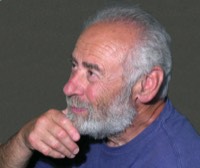
A Polish Jew by birth, Russian by the love of Pushhkin’s language, French by adoption and a computer engineer in his “previous” life, Alex was attracted to the theatre by his spouse Charlotte. After retiring he received his MA in Jewish Studies at the Paris 8 University and joined as an active member the Paris Yiddish Centre. Actor, he also administered the troupe, fabricated props, designed the super-titles and coordinated all the technical aspects of the shows.
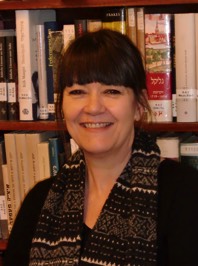
Annick Prime-Margules was born of an encounter between a man from Brittany and a Jewish girl from Poland. She studied Applied Arts, then went to University to study plastic arts, stage design and drama writing. A teacher of plastic arts, she also teaches Yiddish at the Paris Yiddish Centre. She tells about herself: “My first encounter with theatre was, it seems, capital: my mother took me to see a show of “Little Red Riding Hood” at the conference hall in Ivry, where we lived then. I was three years old. In a short time my mother had to take me out of the hall, my terrorized cries were disturbing the show. A few years later, as a teenager, I was intensely impressed by Edwige Feuillère and Georges Wilson in the “La Folle de Chaillot”, at the TNP. Later, still in Ivry, I attended the theatre workshop led by Antoine Vitez. These experiences, as well as others that continue until now, combined with the memory of my late mother who was enthusiastic about everything that had to do with the stage, were bound to lead me to the magic of playing Yiddish theatre… in Yiddish”.
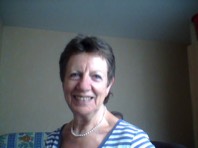
After years in the field of professional orientation of students, Annie has retired and dedicates her time to satisfy a deep desire: to “feel in her mouth” the taste of Yiddish, the language of her grandmother, who used to live with her family. She started by joining Jacinta’s choir (in the years 2003 – 2006), an experience, that was a source of great pleasure.
In 2011, urged by her companion Michael Kornfeld, she timidly entered the troupe of the Troîm Teater as a replacement for a n actress in the last performances of "Dos groyse Gevins."
And she stayed there, as a “full” actress in "Homen's mapole."
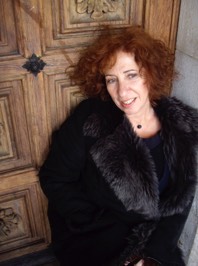
Betty Reicher. The first sounds that Betty heard in her crib were uttered in Yiddish by her mother, a native of Lodz, and her father, an immigrant from Galicia. Graduated in private law but longing for the stage, she led two parallel lives: as a jurist to “make a living” and as an actress and singer “in order to exist”. She played several parts on the French stage, attended a singing school and started writing her own songs. She continues to sing her own songs in French combined with the Yiddish songs of the repertoire at public concerts. She takes classes in Yiddish literature at the Paris Yiddish Centre, where she also works as a volunteer, and where she met Charlotte Messer and Troim Teater.
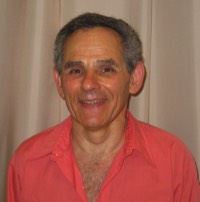
It seems that early in his childhood a lucky star showed him the right way to follow in three areas: - He learned and practiced Yiddish at the Jewish children’s club of Rue Amelot; - In the same club he played in various small Yiddish plays, including once at the Salle Pleyel; - He was a soloist in the synagogue choir of the rue des Tournelles Temple. The years passed and he remained faithful to the path set by his good fortune: he practices Yiddih at the Paris Yiddish Centre – Medem Library, he is an actor in the Troïm-Teater and continues to sing in various choirs, including the baroque choir. Meanwhile he played Chekhov and Arabal with the Ministry of Civil Aviation troupe and Yiddish theater under the direction of of Alain Fisher. Sportsman, he practiced parachuting, scuba diving, horseback riding, downhill skiing and especially Judo, of which he became a teacher.
With the Troïm-Teater he played Yonosn in “The Jonases and tha Whale” and Kune-Leml in “The Two Kune-Leml”.
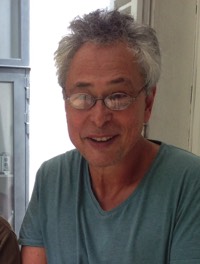
His parents came from Poland before the war. Yiddish remained the language of daily communication with much of his family. By chance he met Michel Fisbein and this led him to join troupe of the Troïm Teater.
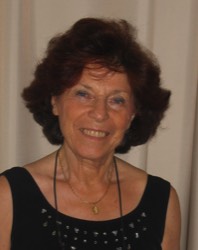
A Yiddish teacher and member of the "Troïm-Teater," Dorothée has always had a passion for celebrations and a taste for languages. Singing, dancing, theater, learn or teach foreign languages, such are her lines of force. A professor of German, she has always loved associating acting and teaching.
From her first contact with Yiddish culture at the SKIF summer camps she retained the flavor of Yiddish songs and later became an active participant in the Yiddish choirs, first at AEDCY (with Fanny Amiel, then Jacques Grober and Meredith) and later at the Paris Yiddish Centre with Jacinta and then Shura Lipovski
Passionate about dance, she participated in amateur sport dance championships and won the title of champion of France.
She took part in the theater workshops organized by the AEDCY under the direction of Oscar Fessler and Raphael Goldwasser.
In the Troïm-Teater led by Charlotte Messer she played in Sloves’, "The Jonah and the Whale," and in Goldaden’s “The Two Kune-Leml”.
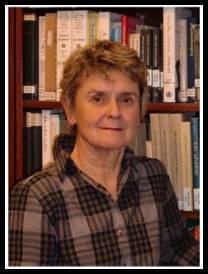
Erika Dickenherr was born in Germany. She was always attracted by foreign languages and literatures, which lead her to become a teacher of German in France. She tells us: “Thirty years ago I fell in love with Yiddish during a recital of Talila in Paris. Captivated by the beauty of this language, I wanted to uncover its poetic mystery. I followed, for several years, Yiddish classes by Yitshok Niborski at the Paris 7 University and my enthusiasm never weakened. To make coincide my two passions, words and gestures, I joined the Troïm-Teater troupe which has enabled me to play the characters of the Yiddish repertoire, to let them live in me and let their culture become mine." In “The Lottery” she plays Roza, the housekeeper.
Erika died the 24 septembre 2015.
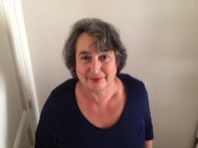
Living in drama since she was a child, dreaming of performing comedy in Yiddish is not surprising. After a career as a lawyer, she offered her savory Yiddish to the troupe of the Troim Teater in the Homens Mapole.
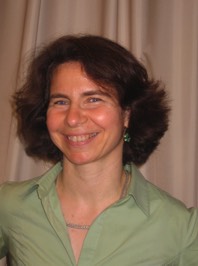
At the age of 6, she thinks already about marriage and meets her first public during a summer camp sketch “When are going to marry?” At 20, dressed in the most beautiful apparel of the Queen Esther, she is about to meet her royal spouse Ahasuerus in Itzik Manger’s pourimshpil with the theatre workshop lead by Alain Fischer. At 44 she joins the Troïm-Teater lead by Charlotte Messer to marry on stage one of “The Two Kune-Leml” after tricking her parents to get their consent. At 48, in the role of Baylke, she is marrying again, this time a tailor, but against her parents will, in “The Lottery” by Sholem Aleykhem. Finally, after the age of 50, once again as the Queen Esther, she marries the king Assuerus, who is played by …her real husband Michel Fisbein.
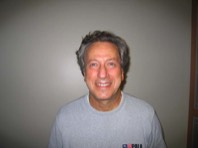
A physician and biologist specialized in hematology, he taught himself Yiddish “from scratch”, and is now a fluent speaker of the language. A singer and guitar player (American folksong, Anglo-Saxon rock-and-roll), he is also a specialist of American cinema, and an excellent tennis player.
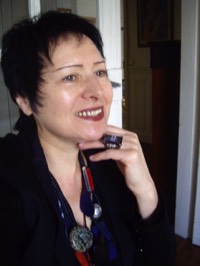
Born in a family, where the grand parents came from Russia and Rumania. A strong attraction to the discovery of other cultures leads her to a PhD in Oriental Languages and Civilizations and to the profession of interpreter and translator of Chinese. During the last years she engaged in benevolent work to teach reading children living in difficult conditions. She also made a passionate return to the study of Yiddish language and culture and to its oral expression in the Troïm-Teater.
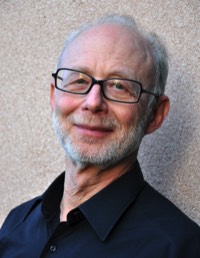
Michel Fisbein was born in Paris in a family where his mother’s parents came from Rumania, and his father from Poland, in 1930. During his childhood, Yiddish songs and records by the humorists Dzigan and Schumacher, which he listened to with his family, maintained his links with Yiddish culture. Between 1983 and 1985 he took Yiddish classes with Yitshok Niborski in an association that eventually became the Paris Yiddish Centre. He joined the Troïm-Teater in 2006.
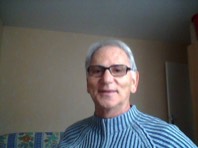
Born under the sign of duality, Michel – Abish grew up in war-troubled France. In his youth he read widely in French while speaking Yiddish with his mother. Later, he worked as an engineer in a large industrial group and forgot some of his mother-tongue, but at the same time learned German. When he discovered the Paris Yiddish Centre he reclaimed the language of his childhood. Once retired, he joined the Troïm-Teater, of which he became an enthusiastic member. He says: ”when I rehearse or play on the stage, I feel as if a poet was singing into my ear ‘huliet, huliet, kinderlekh’ (play, play children - a famous song of the Yiddish repertoire)”.
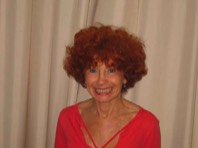
Born in Paris in a family of immigrants from Poland, Mireille used to speak Yiddish with her grand-mother. Sensitive to art through her profession of antique dealer, she ran a workshop in restoring antique furniture and paintings.
She practiced several methods of body expression, theatre and pantomime workshops, as well as public reading. She is a member of the Paris Yiddish Centre and the Troïm-Teater since the beginning. Yiddish theatre allows her to express herself in the language of her childhood. She cites the Yiddish writer and poet Moshe Nadir: “Life went to the theatre”. So did Mireille, and she hopes to stay there for a long time.
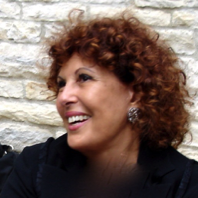
Communication and Fund raising : Muriel Pragier sees her participation as a chance to reconnect with the language of her childhood.
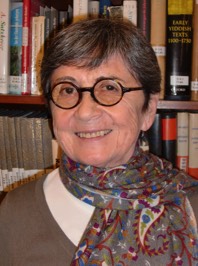
Renée Kaluszynski belongs to the circle of Yiddish-speaking friends who created, in 1981, the Association for the Study and Dissemination of Yiddish Culture. In 2002 this association merged with the Medem Library to form the Paris Yiddish Centre, where Renée continues to be one of the most prominent members and a member of the Board. In 2000, while she was teaching Yiddish, she encouraged Charlotte (who was one of her students) to create the theatre workshop, as a tool to perfect oral Yiddish expression. This was the starting point of the Troïm-Teater, of which Renée is still an active participant. She has played in all productions of the troupe. In the current play she holds the role of Malke – the matchmaker, a character created to replace masculine roles for which the troupe lacked actors.
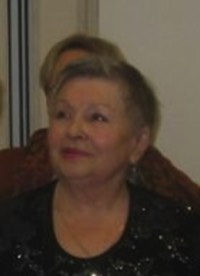
Sonia is a survivor of Auschwitz. Despite her tragic past - or is it because of it, as if to demonstrate the failure of her persecutors - she is the personification of the joy of life. Born in Poland, she arrived in France at the age of two, but begun to speak French only two years later, in kindergarten. She always spoke Yiddish with her parents. It was her father, poet, journalist, and teacher, who taught her how to read and write in that language, before even she went to elementary school. Keen on art and culture, her parents made her learn to play the violin and took her to theaters, concerts, movies and museums. She always sang in school-choirs and prepared plays for end-of-year performances.
During the Nazi occupation Sarah was swept in the storm, like most Jews. Arrested July 16, 1942, she escapes the Vel d'Hiv but was later denounced and deported to Auschwitz in 1944.
After the war, when she came back from the camps, she worked at the famous Yiddish puppet-theater "Hakl-Bakl," lead by Simon Schwarz. They gave performances three times a week and toured in France and in Belgium. Although they played entirely in Yiddish (there were no super-titles yet!), the company has had excellent reviews, including in the national press.
She joined our troupe at the beginning of the theater workshop and always remained there, even if she did not play lately. Her performance in the role of "Herold" in "Jonah and the Whale" was notable. On a "sabbatical" now, she published her memoirs and spends much of her time teaching the memory of the Holocaust in schools and colleges, and escorting student groups in visits to the Auschwitz camp.
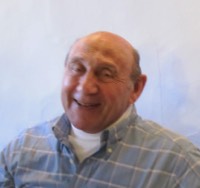
In his youth he was attracted by music: the violin, mandolin, and guitar. While studying dentistry, he took lessons at the Guitar Academy directed by Alexandre Lagoya. With the Yiddish lessons at the Paris Yiddish Centre he sought to rediscover the subtleties of the language of his childhood. This, very naturally, led him to the Yiddish theatre workshop and later to join the Troïm-Teater. The new experience allowed him to discover “hidden” facets of his personality and to appreciate the savor of Yiddish texts.
